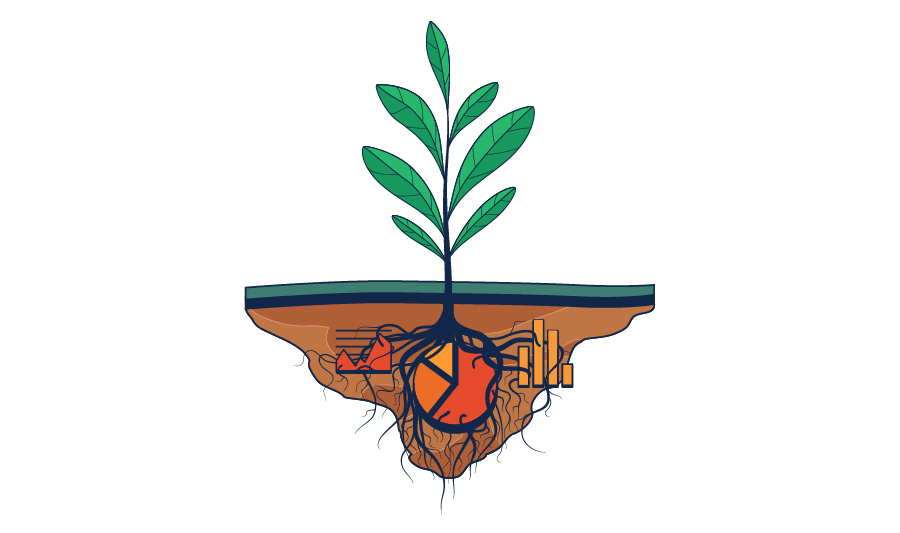
The terms “big data” and “data-driven” form the basis of critical initiatives developed and rolled out at the highest level of management. To make these concepts come to life, however, everyone in the organization must shift their mindset from gut feelings and instincts to a more scientific approach that recognizes the unfathomably large amount of data available today.
Many enterprises begin with the idea of collecting every piece of data they can and then devising a plan to make that data useful. This unsound line of thinking can introduce more complications and overhead to the problems at hand. This approach quickly becomes costly, and it inevitably leads to bad decision-making.
It is up to those working closest to the data—scientists, engineers, analysts—to change this way of thinking. We need to play a more active role in deciding not just what data is presented to key stakeholders, but also what data is valuable to accomplishing a given business objective. We need to be able to take the next step—moving past merely reporting on data to contributing to decisions regarding what data needs to be collected and how.
At the Harbert College of Business, I learned how to do just that—and more. I developed essential skills that have helped me to do my job effectively. One lesson that sticks in my mind to this day came from Dr. Keven Yost, who explained the difference between accounting and finance as the difference between “keeping score and getting in the game.” He drew a perfect parallel between those who are collecting and reporting data and those who are helping colleagues make sound business decisions with that data.
Another important lesson I use today came from Dr. David Paradice, who taught an entire class on how to effectively communicate data to people who are not spending as much time with the information as you are. He emphasized that if data is not easily consumable and understood, then that data is essentially useless in the decision-making process.
In my current role at Search Discovery, I use these skills daily with my internal clients—for example, on projects where a client has no trust in their data or lacks even the most fundamental data needed to move forward. In these cases, we start by understanding the business needs from a practical, decision-focused standpoint and then create a strategy around what data to collect and how to curate that data so it can be effectively utilized. This allows us to go from just collecting and reporting on data to helping our clients make informed, data-driven decisions that help their businesses thrive.
Those looking to harness the power of big data, machine learning and data science must first build a foundation of understanding and trust in the data that affects the enterprise most. Understand that you don’t need to collect every piece of information out there. Learn to trust the data that you do have and are actively reporting on. Listen to the data-based requests and suggestions from those who will ultimately turn that data into decisions.
With this line of thinking, we can take big data out of our sprawling data warehouses and truly bring it to life.
Jamarius Taylor
2017, Business Analytics Senior Associate Platform Engineer
Search Discovery

